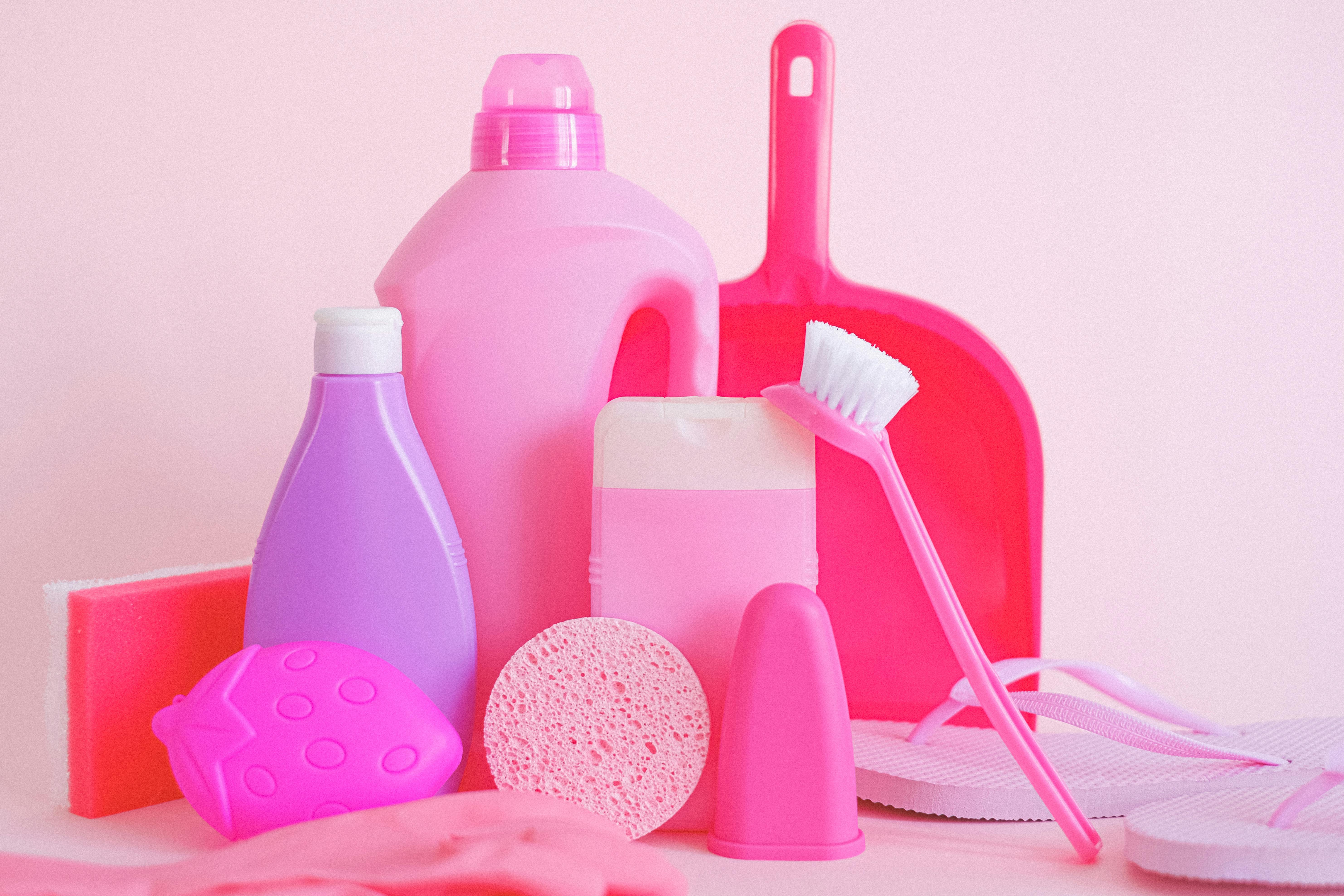You’ve probably heard that hand sanitizers are effective hand cleaners that kill germs and bacteria, but have you ever wondered how a simple alcohol-based hand sanitizer could be as effective as washing your hands thoroughly with soap and water? Hand soap and water remove germs from our skin and rinse them away, while hand sanitizers simply kill germs on contact. This is quite remarkable, and the question is how?
Hand sanitizers are made up of ethyl alcohol, inactive additives like water, other alcohols, and fragrances. Ethyl alcohol is the active ingredient and is designed to kill germs. One important thing to know about ethyl alcohol is that it is only effective if the alcohol concentration is between 60-95%. Less than 60% will not be enough to kill germs and there is no point in using it. Many experts advised that it is very important to look at hand sanitizer labels to ensure you are getting a quality product with sufficient alcohol concentrations.
There are two general types of isopropyl alcohol: ethyl alcohol and isopropyl alcohol. Both types sufficiently kill bacteria but are not as effective against viruses. As the alcohol evaporates, it absorbs bacteria and viruses inside and kills them. However, the bacteria or viruses will not be dead until all the alcohol has evaporated. One thing to keep in mind is that isopropyl alcohol requires about 10 minutes on the skin’s surface to kill bacteria, which gives ethyl alcohol an advantage over isopropyl alcohol.
When you apply the hand sanitizer, be sure to rub every part of the skin on your hands well because this is what will kill the germs. Hand sanitizers will not go through bodily fluids, dirt, blood, or other grime to kill germs. These things should be washed before applying hand sanitizer. Also, the alcohol in hand sanitizer has a drying effect, so it’s a good idea to use some type of hand or body lotion after using the hand sanitizer.



